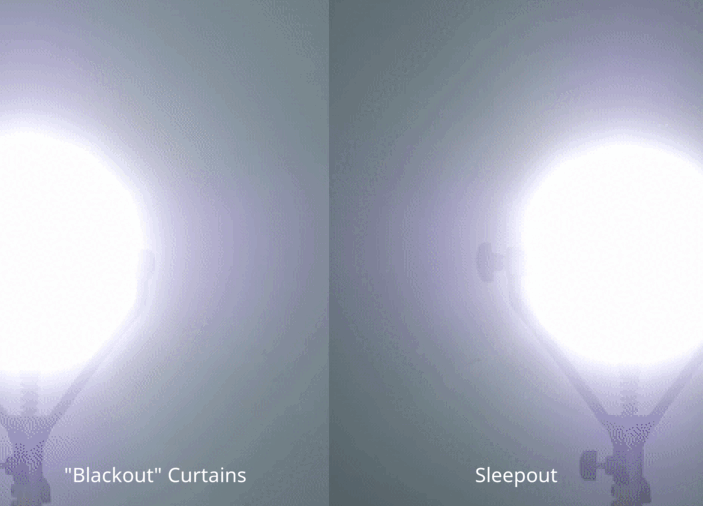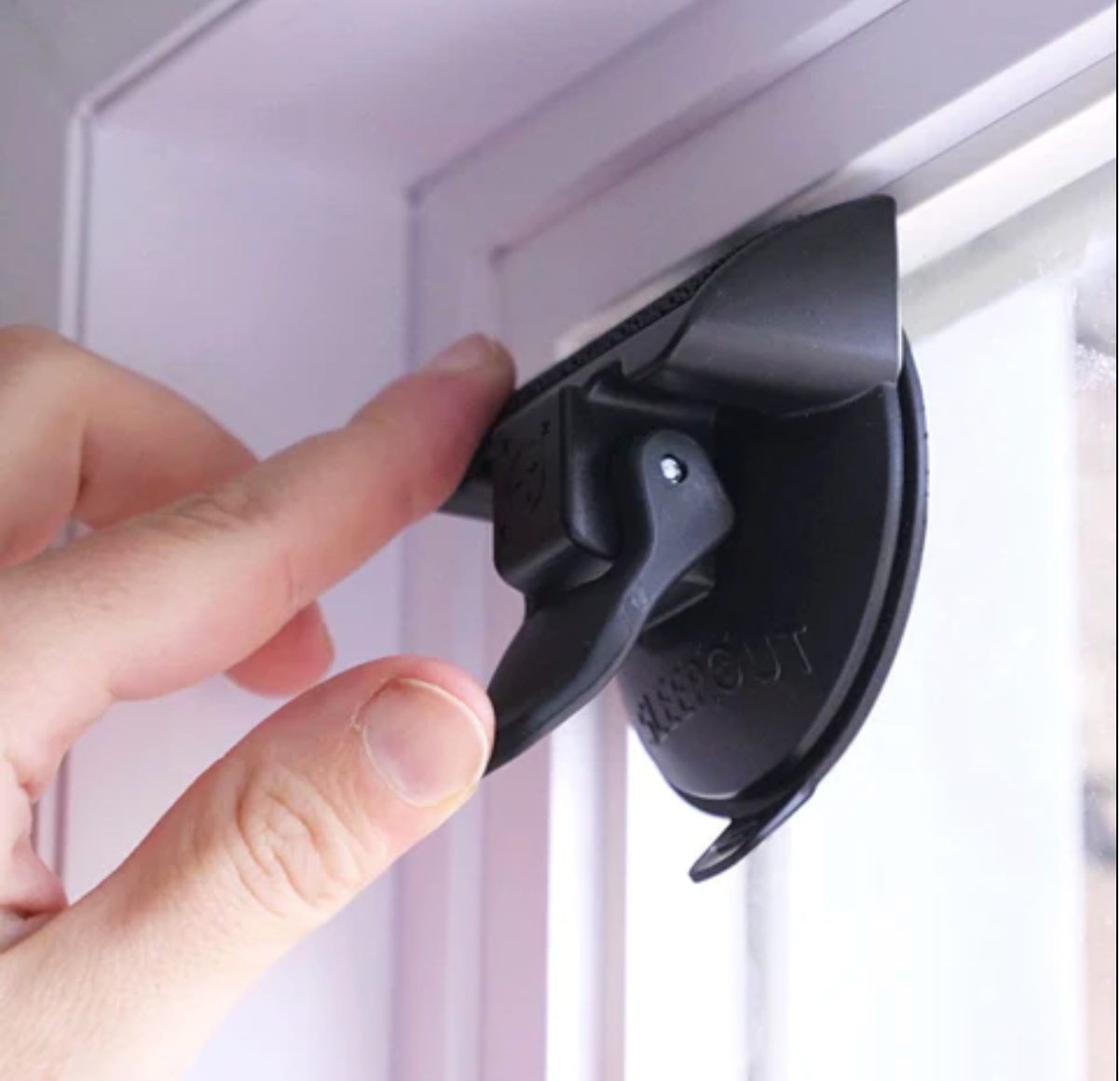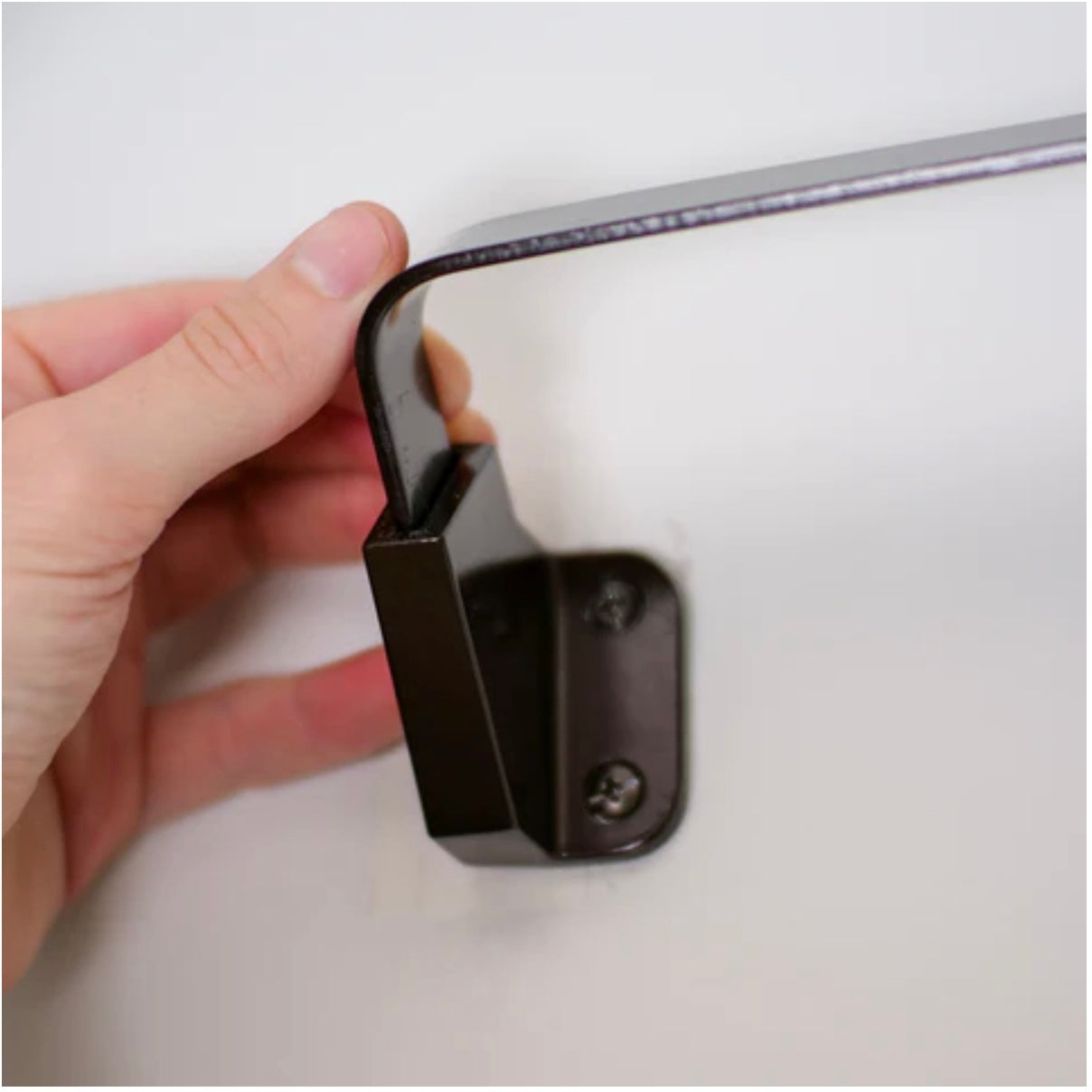Introduction
Welcoming a new baby into your home is a joyous occasion, but it can also come with its fair share of challenges. One of the most common struggles parents face is getting their baby to sleep in a bassinet. If you're experiencing this challenge, know that you're not alone, and there are strategies you can try to help your little one settle into their bassinet for a peaceful night's sleep.
Causes of Baby Not Sleeping in Bassinet
Before diving into solutions, it's helpful to understand why your baby might be resisting sleeping in their bassinet. Here are some common causes:
-
Discomfort: Your baby may be uncomfortable due to an ill-fitting mattress, too much or too little bedding, or the temperature of the room.
-
Startle Reflex: Babies have a strong startle reflex, which can cause them to wake up suddenly. Swaddling can help reduce this reflex and promote better sleep.
-
Unfamiliar Environment: Babies are used to the cozy confines of the womb, so the open space of a bassinet can be unsettling. Creating a snug sleep environment can help.
-
Need for Motion: Some babies find the gentle rocking or motion of being held soothing. A stationary bassinet may not provide this comfort.
-
Hunger or Discomfort: Babies may wake up if they are hungry, have a wet diaper, or are experiencing discomfort from gas or reflux.
Understanding these causes can help you address the root of the problem and implement effective strategies to help your baby sleep better in their bassinet.
8 Tips to Help Your Baby Sleep Peacefully in a Bassinet
-
Create a Soothing Sleep Environment: Ensure the bassinet is in a quiet, dimly lit room. Use white noise or gentle music to create a calming atmosphere that mimics the womb environment.
-
Swaddle Your Baby: Swaddling can help your baby feel secure and cozy, reducing the startle reflex that can wake them up. Use a swaddle blanket or sleep sack for safe swaddling.
-
Establish a Bedtime Routine: A consistent bedtime routine can signal to your baby that it's time to sleep. Include activities like a warm bath, gentle massage, and reading a bedtime story.
-
Use a Pacifier: Offering a pacifier can help soothe your baby and encourage them to fall asleep. However, if your baby is breastfeeding, it's best to wait until breastfeeding is established before introducing a pacifier.
-
Try Motion or Rocking: Some babies find the gentle motion of a rocking bassinet or a baby swing soothing. Just be sure to follow safety guidelines and never leave your baby unattended.
-
Use a Firm Mattress: Ensure the bassinet mattress is firm and fits snugly to reduce the risk of suffocation. Remove any soft bedding or toys from the bassinet.
-
Adjust the Temperature: Keep the room at a comfortable temperature, not too hot or too cold. Dress your baby in breathable layers to prevent overheating.
-
Offer Comfort and Reassurance: If your baby wakes up crying, offer comfort by patting their back or gently shushing them. Avoid picking them up unless necessary, as this can make it harder for them to settle back down.
Sleep Basics for Babies
Understanding the basics of baby sleep can help you better address your baby's sleep issues. Here are some key points to keep in mind:
-
Sleep Cycles: Babies have shorter sleep cycles than adults, typically lasting 50-60 minutes. They may briefly wake up between cycles, which is normal.
-
Sleep Needs: Newborns sleep for about 14-17 hours a day, while older babies (4-12 months) may sleep for 12-16 hours. However, every baby is different, and sleep needs can vary.
-
Bedtime Routine: A consistent bedtime routine can help signal to your baby that it's time to sleep. This can include activities like a warm bath, gentle massage, and reading a bedtime story.
-
Sleep Environment: Create a safe and comfortable sleep environment for your baby. This includes a firm mattress, snug-fitting sheets, and a room temperature that is neither too hot nor too cold.
-
Coping with Waking: It's normal for babies to wake up during the night. When your baby wakes up, try to soothe them back to sleep without picking them up if possible, as this can help them learn to self-soothe.
-
Daytime Sleep: Ensure your baby is getting enough daytime sleep, as overtiredness can make it harder for them to settle down at night.
Safety Considerations for Baby's Sleep
Ensuring your baby's sleep environment is safe is paramount. Here are some key safety considerations:
-
Firm Mattress: Use a firm mattress that fits snugly in the bassinet to reduce the risk of suffocation.
-
No Loose Bedding: Remove pillows, blankets, and toys from the bassinet to reduce the risk of suffocation and SIDS (Sudden Infant Death Syndrome).
-
Positioning: Always place your baby on their back to sleep, as this is the safest sleeping position. Avoid side or stomach sleeping positions.
-
Temperature: Keep the room at a comfortable temperature, around 68-72°F (20-22°C), and dress your baby in breathable layers to prevent overheating.
-
Monitor: Consider using a baby monitor to keep an eye and ear on your baby while they sleep. Choose a monitor that meets safety standards and has a secure connection.
-
Avoid Co-Sleeping: While it may be tempting to bring your baby into bed with you, it's safest for them to sleep in their own bassinet or crib.
-
Check for Recalls: Ensure that the bassinet meets current safety standards and has not been recalled.
-
Regular Inspections: Regularly inspect the bassinet for any signs of wear or damage that could pose a safety hazard.
Conclusion
Getting your baby to sleep peacefully in a bassinet may require patience and experimentation to find what works best for your little one. By creating a soothing sleep environment, establishing a bedtime routine, and providing comfort and reassurance, you can help your baby settle into their bassinet for a restful night's sleep. Remember, every baby is different, so it's important to find the strategies that work best for your child. With time and consistency, you'll find a routine that helps your baby sleep peacefully in their bassinet.



